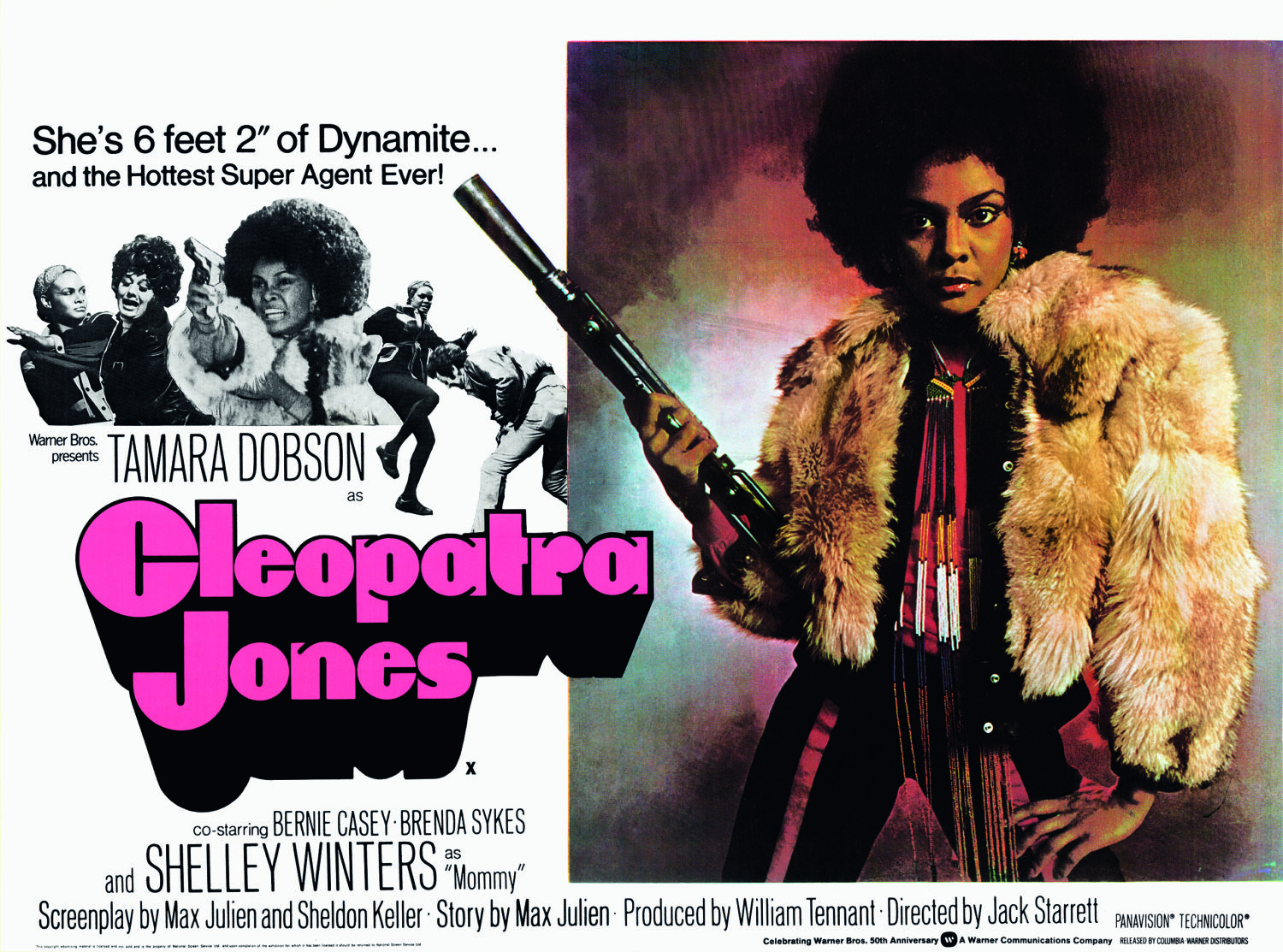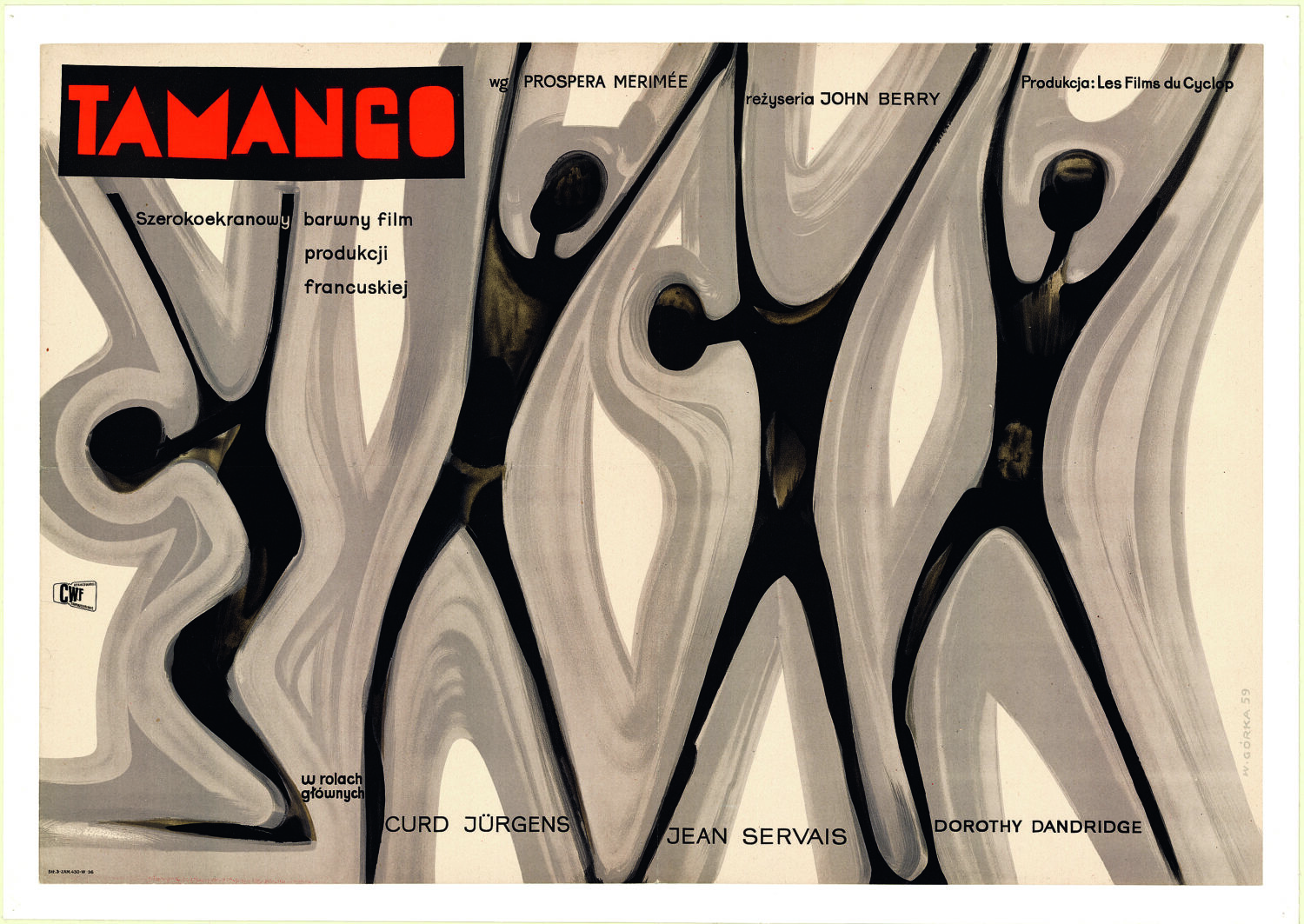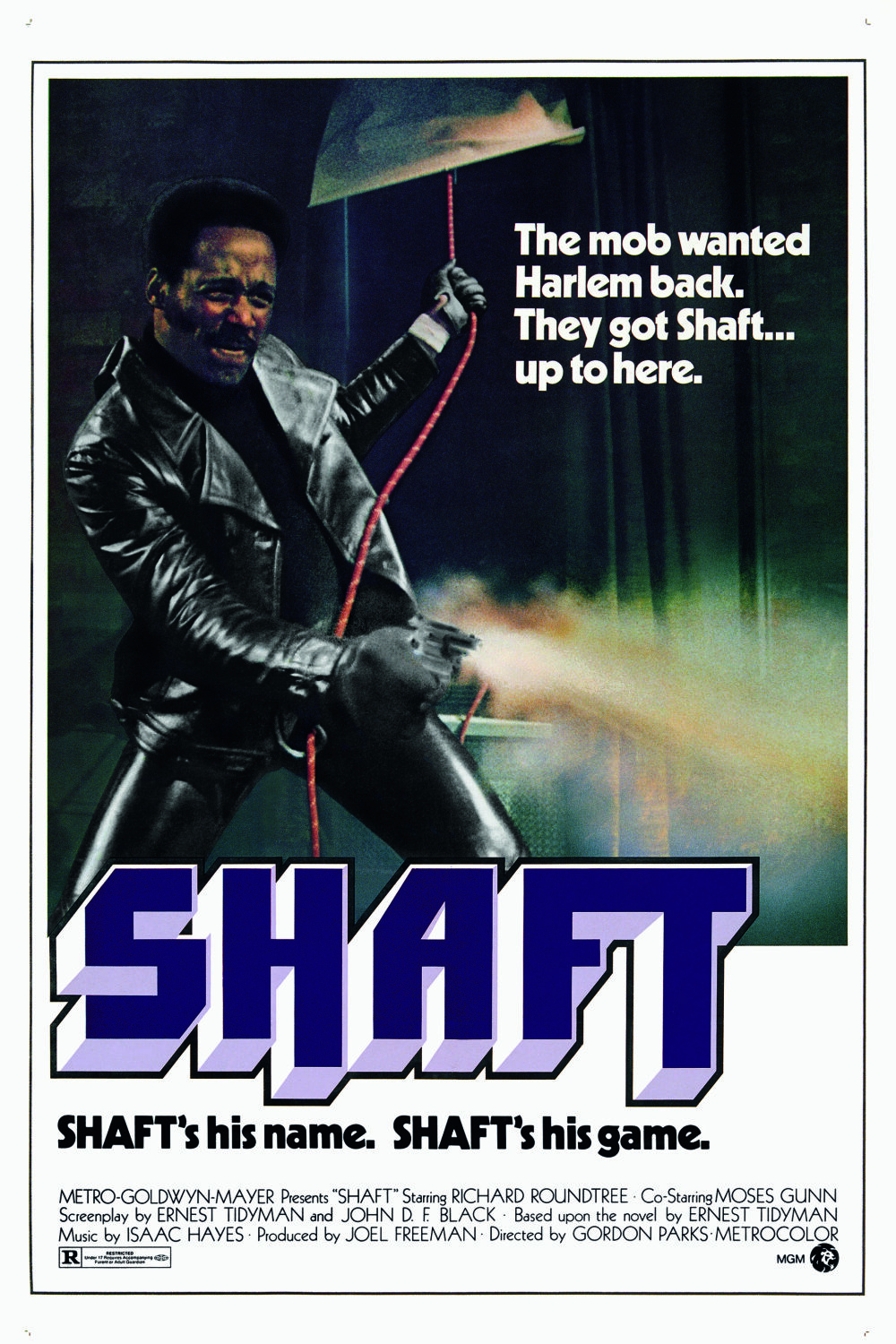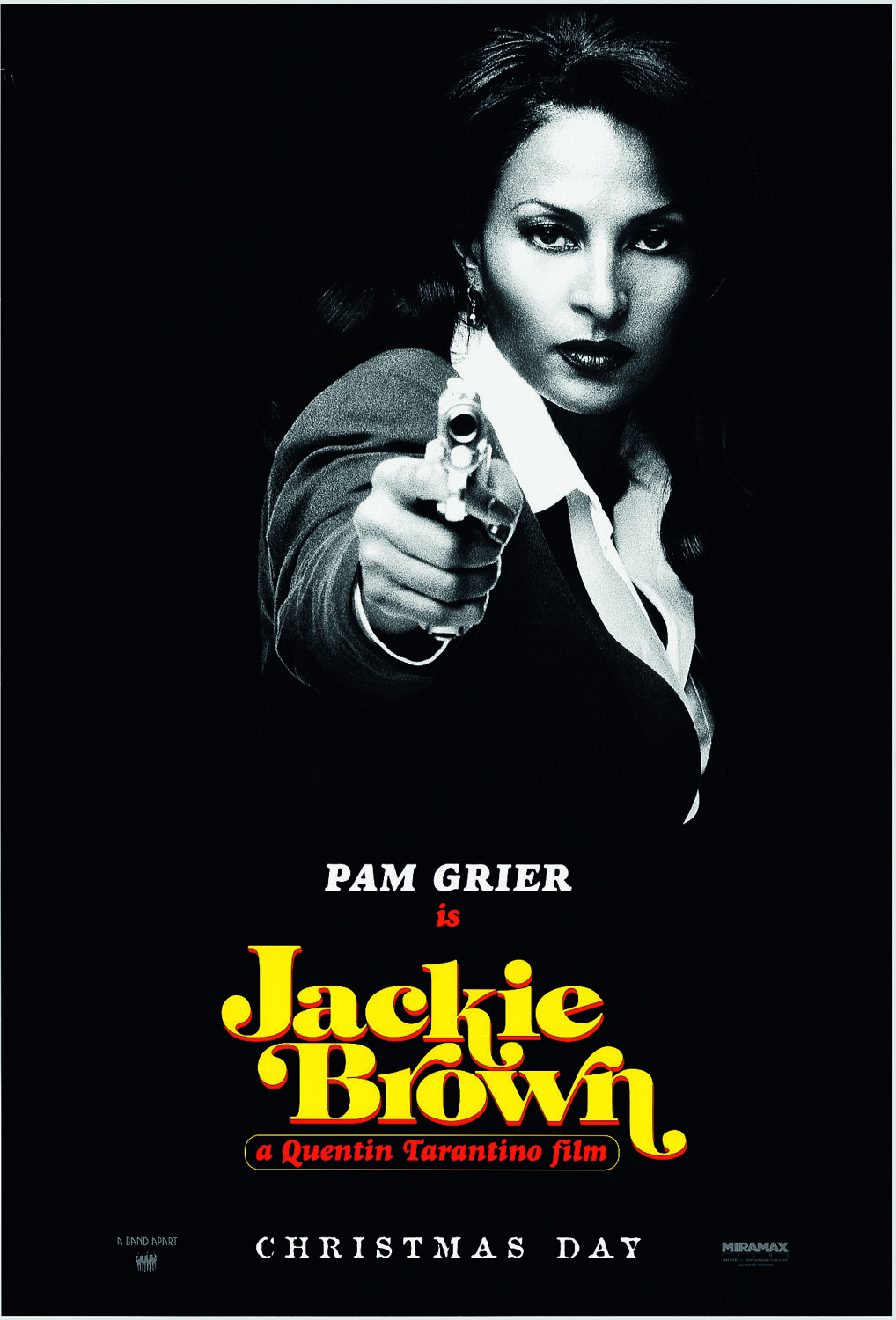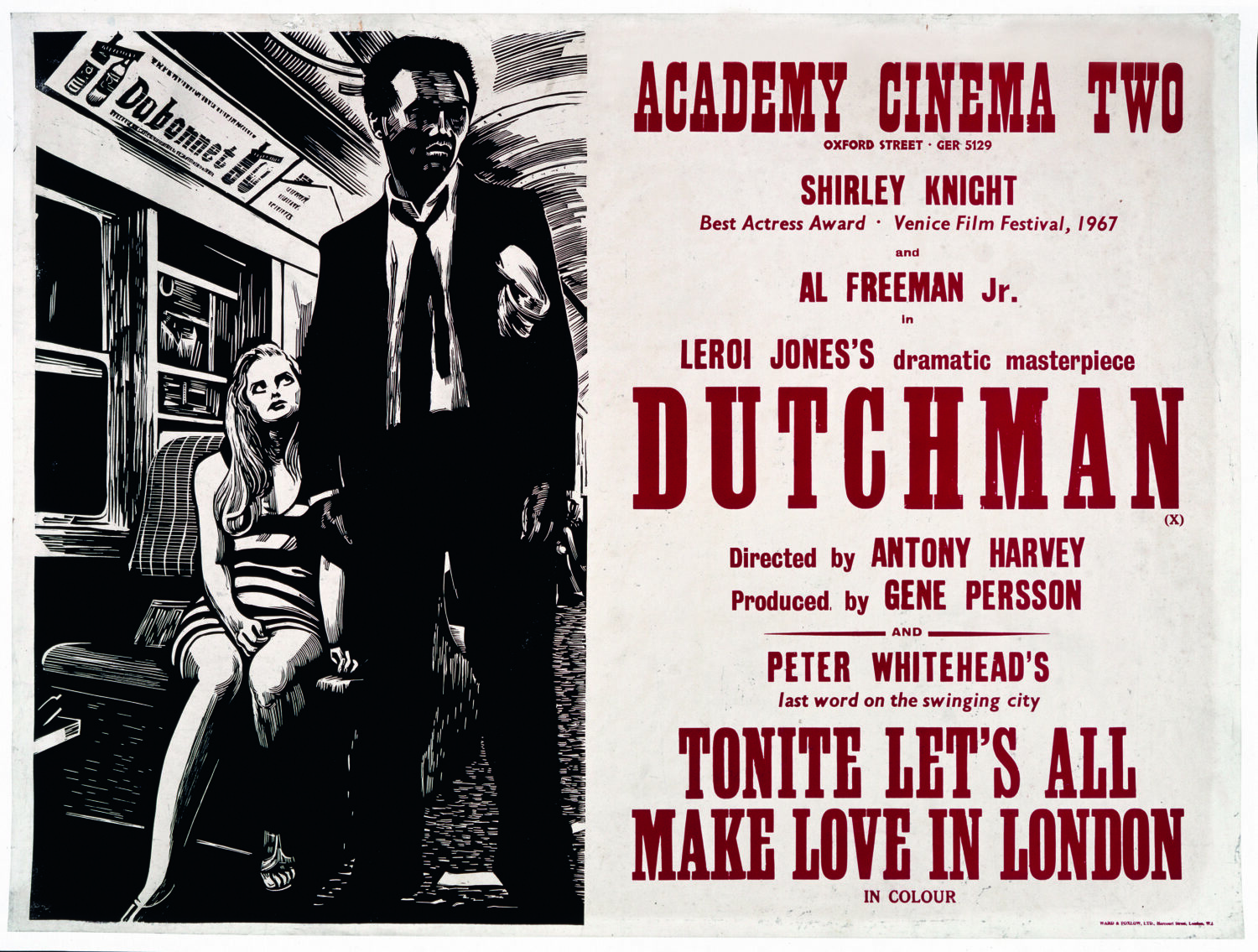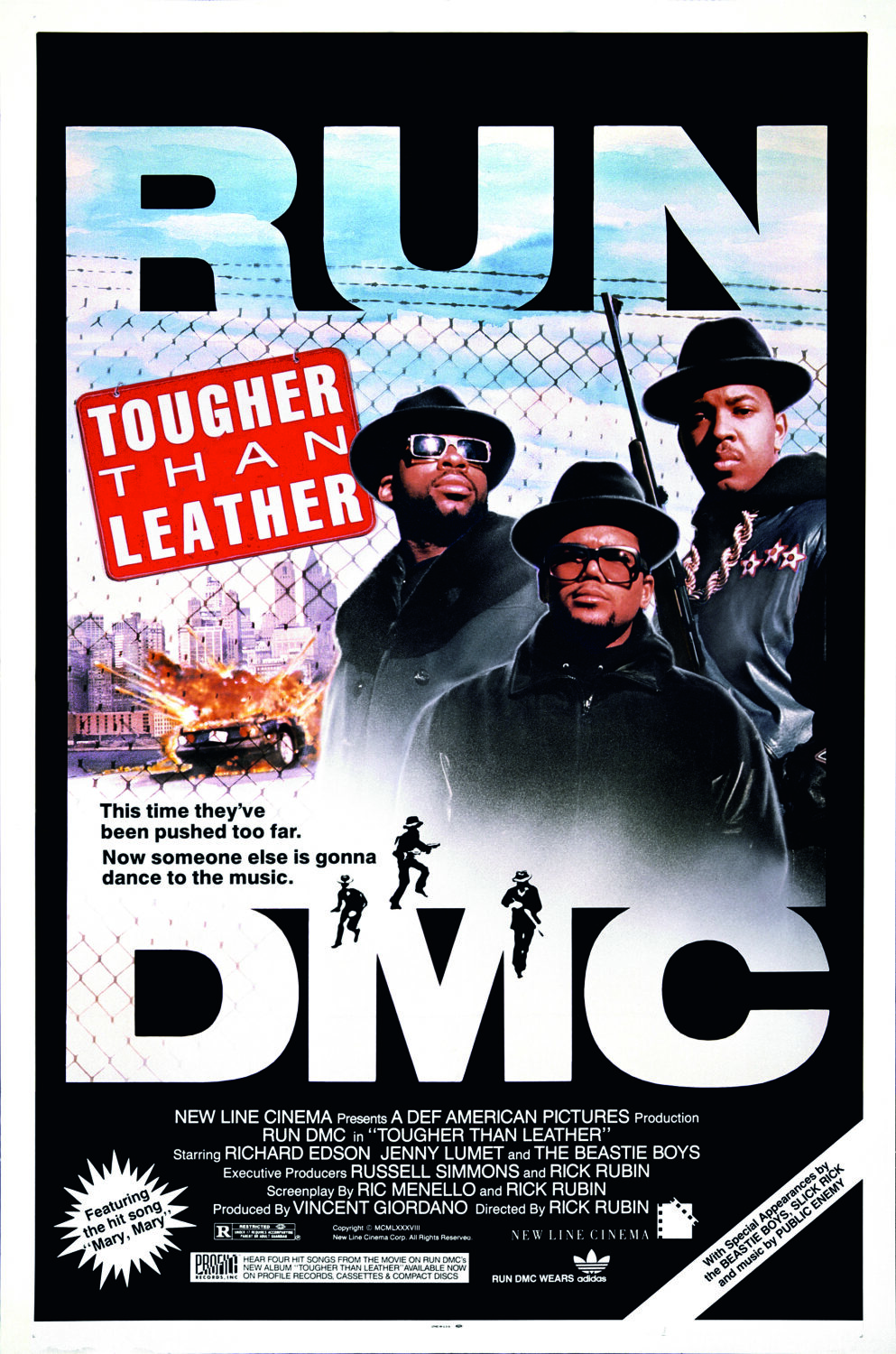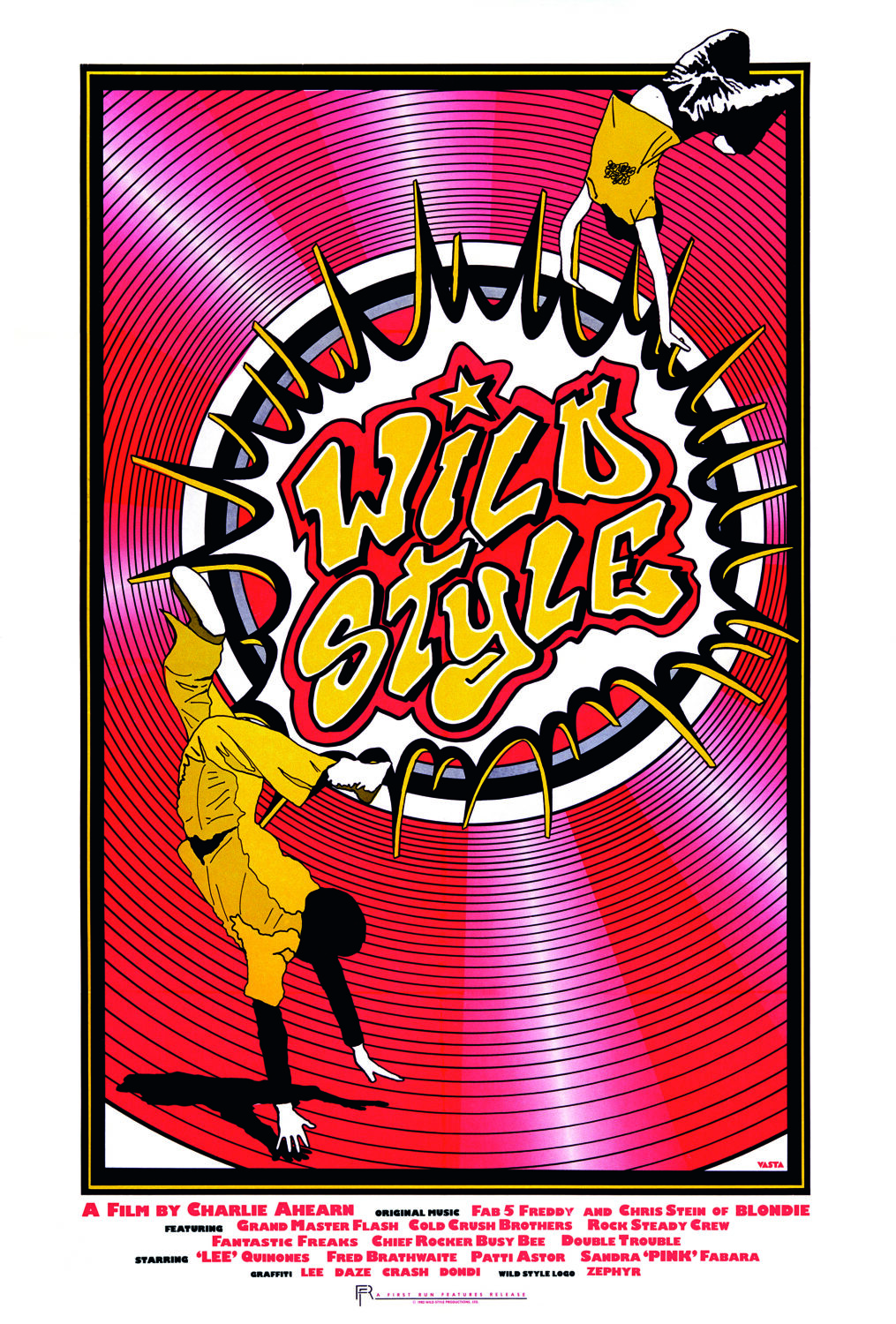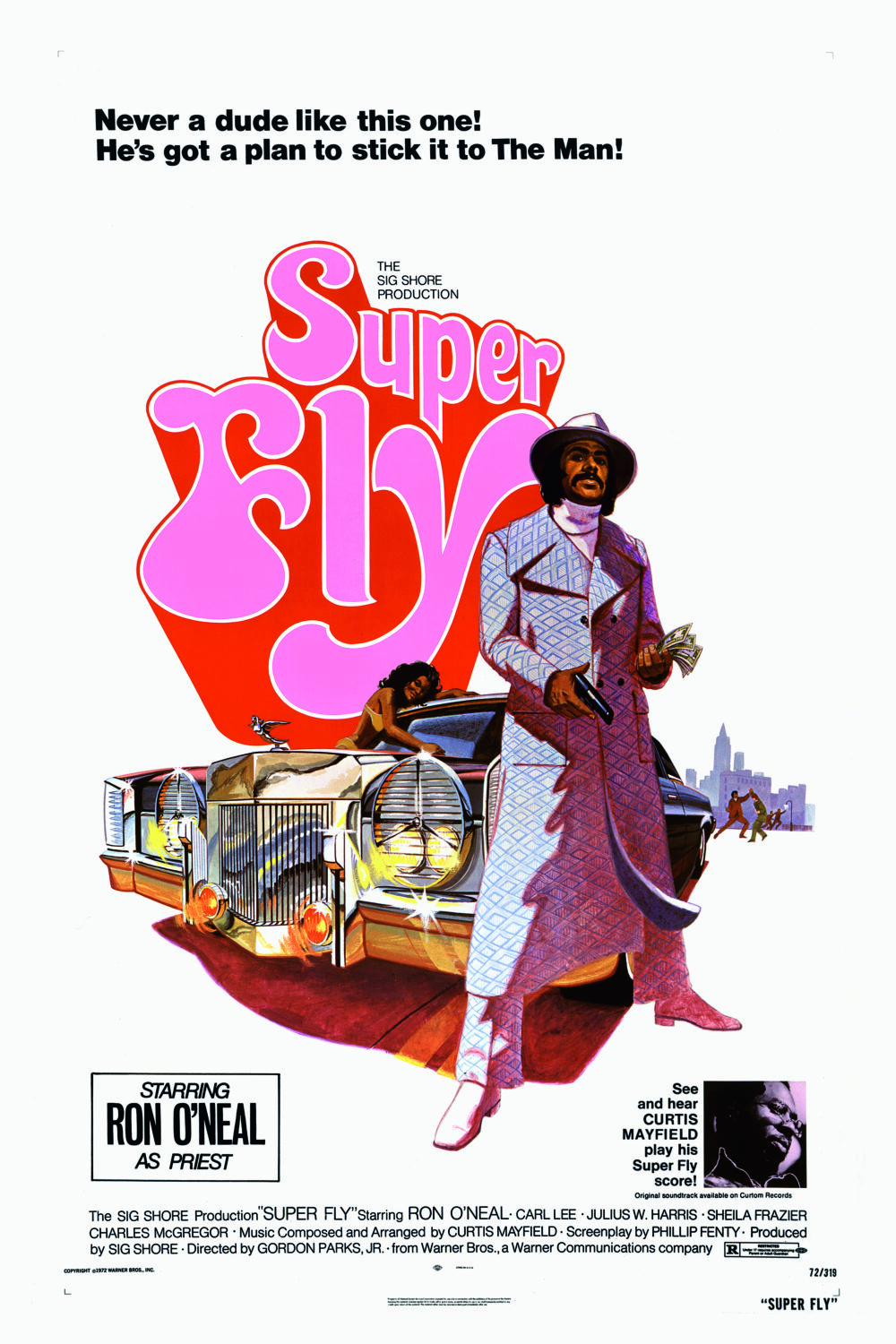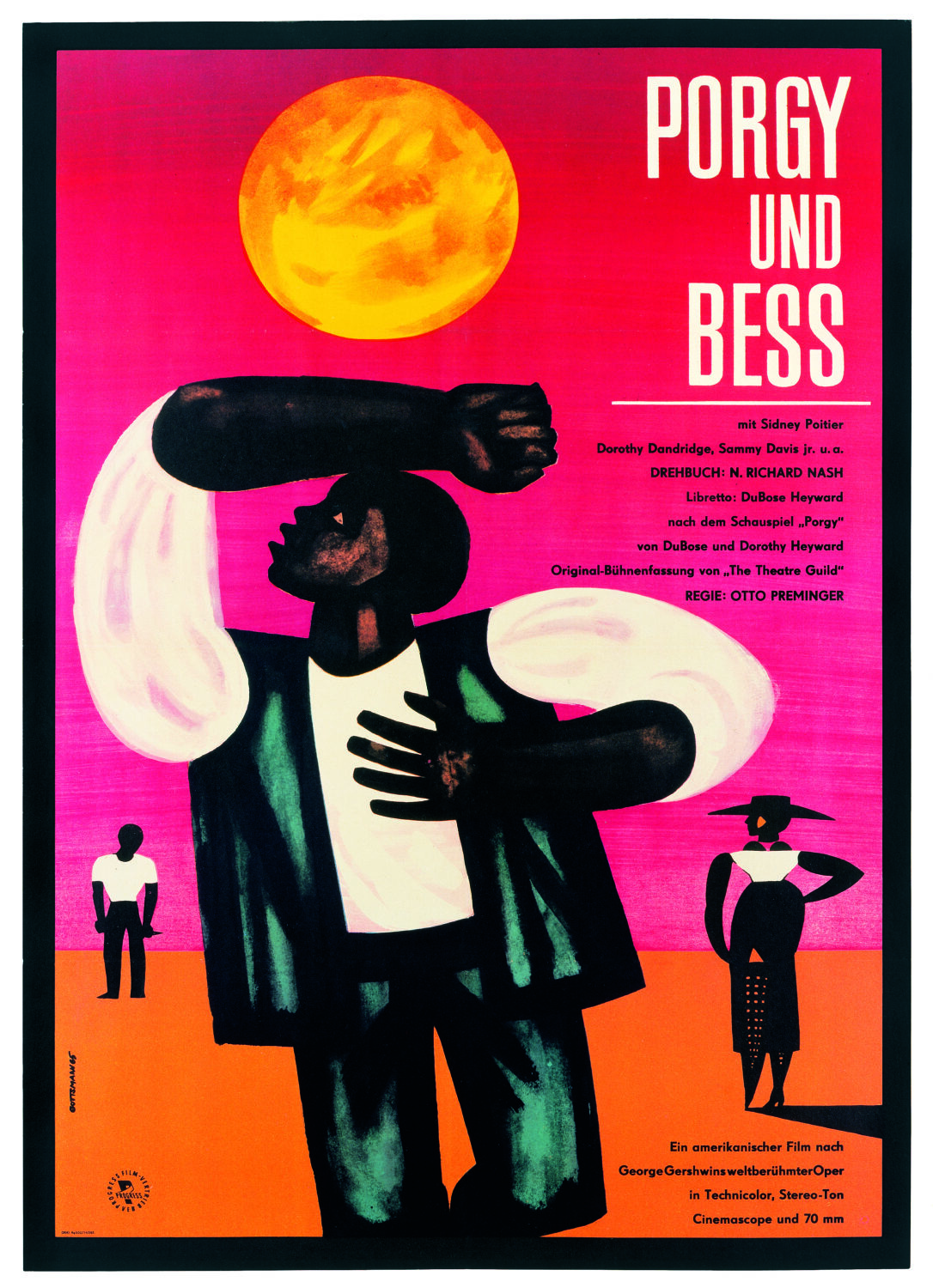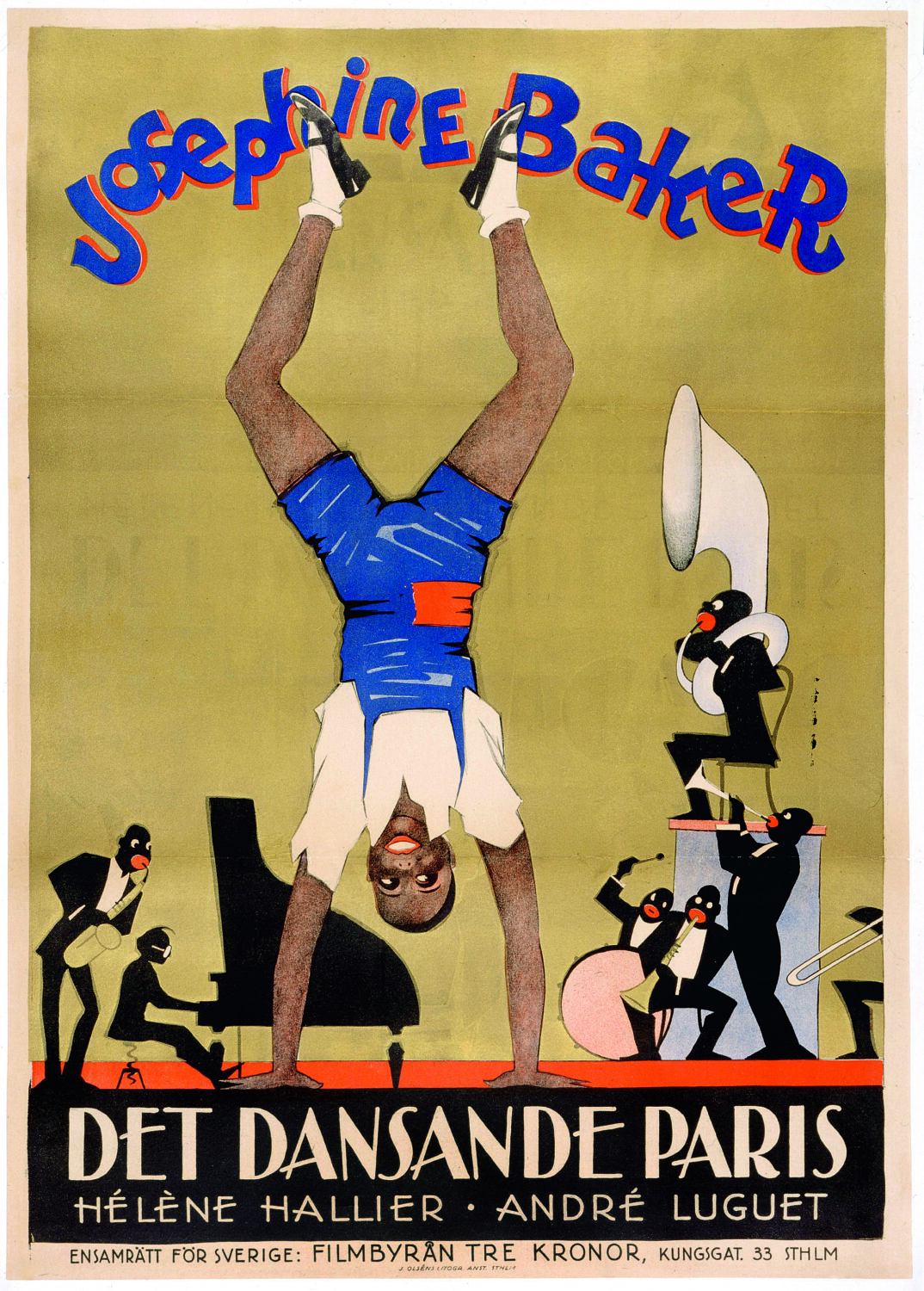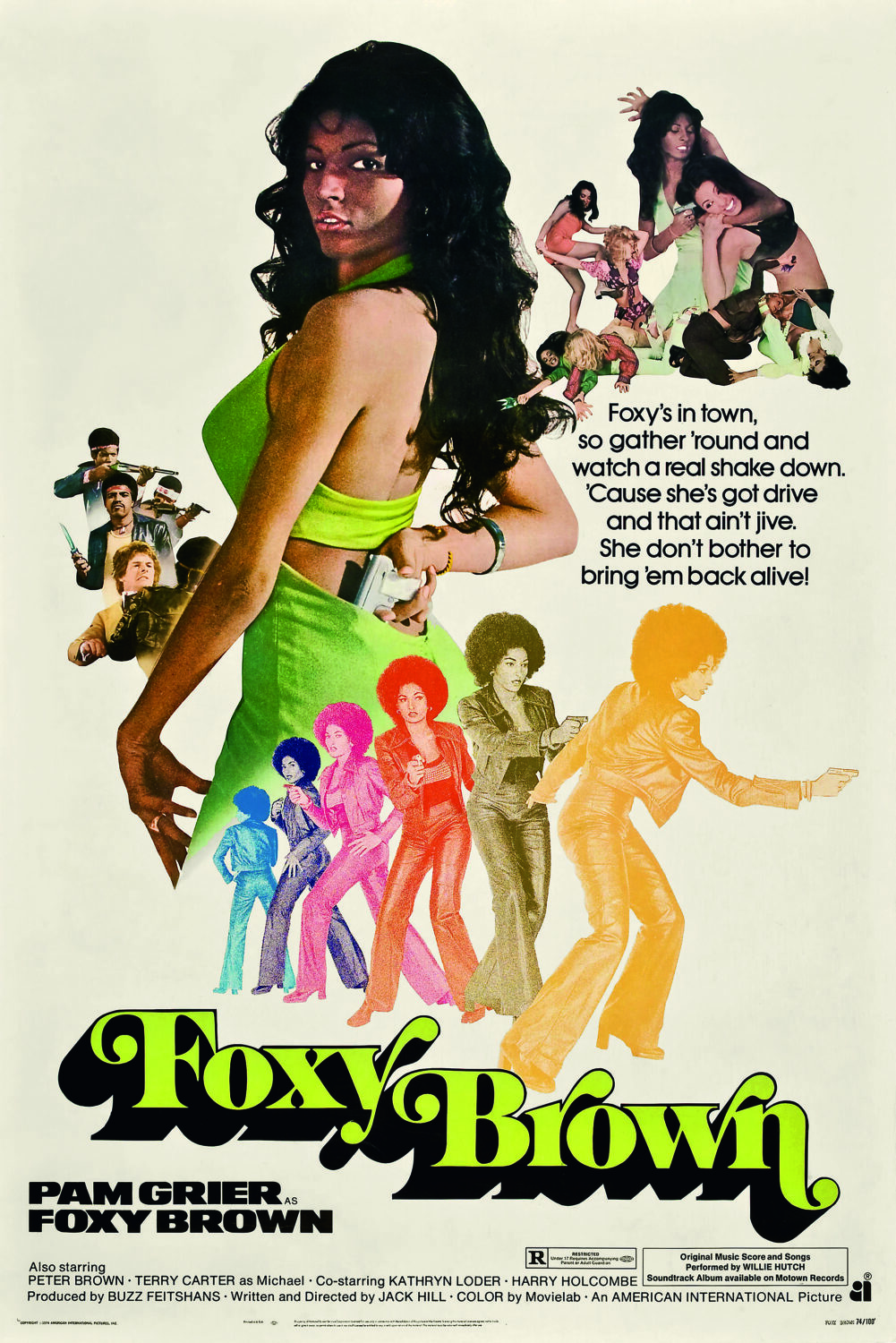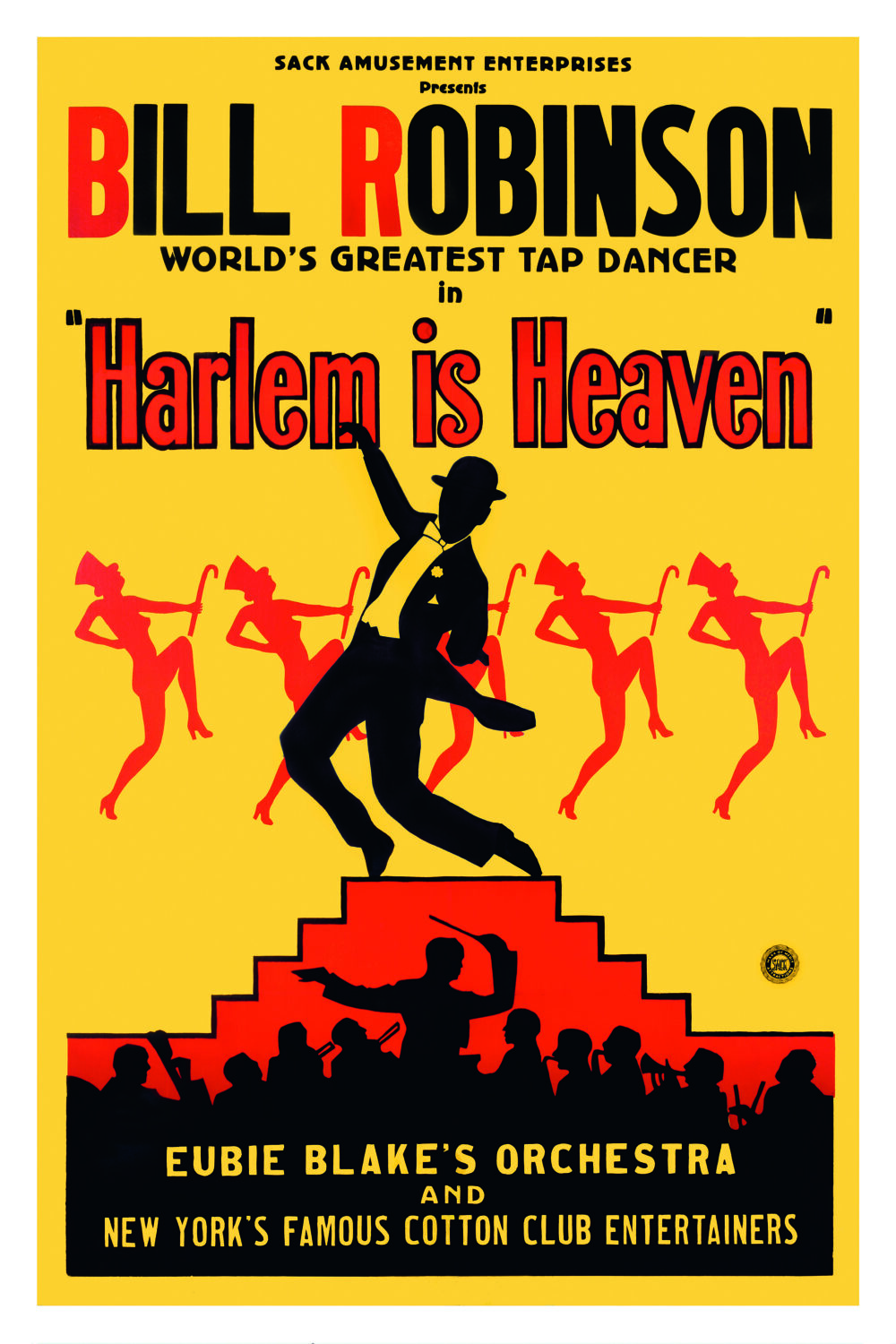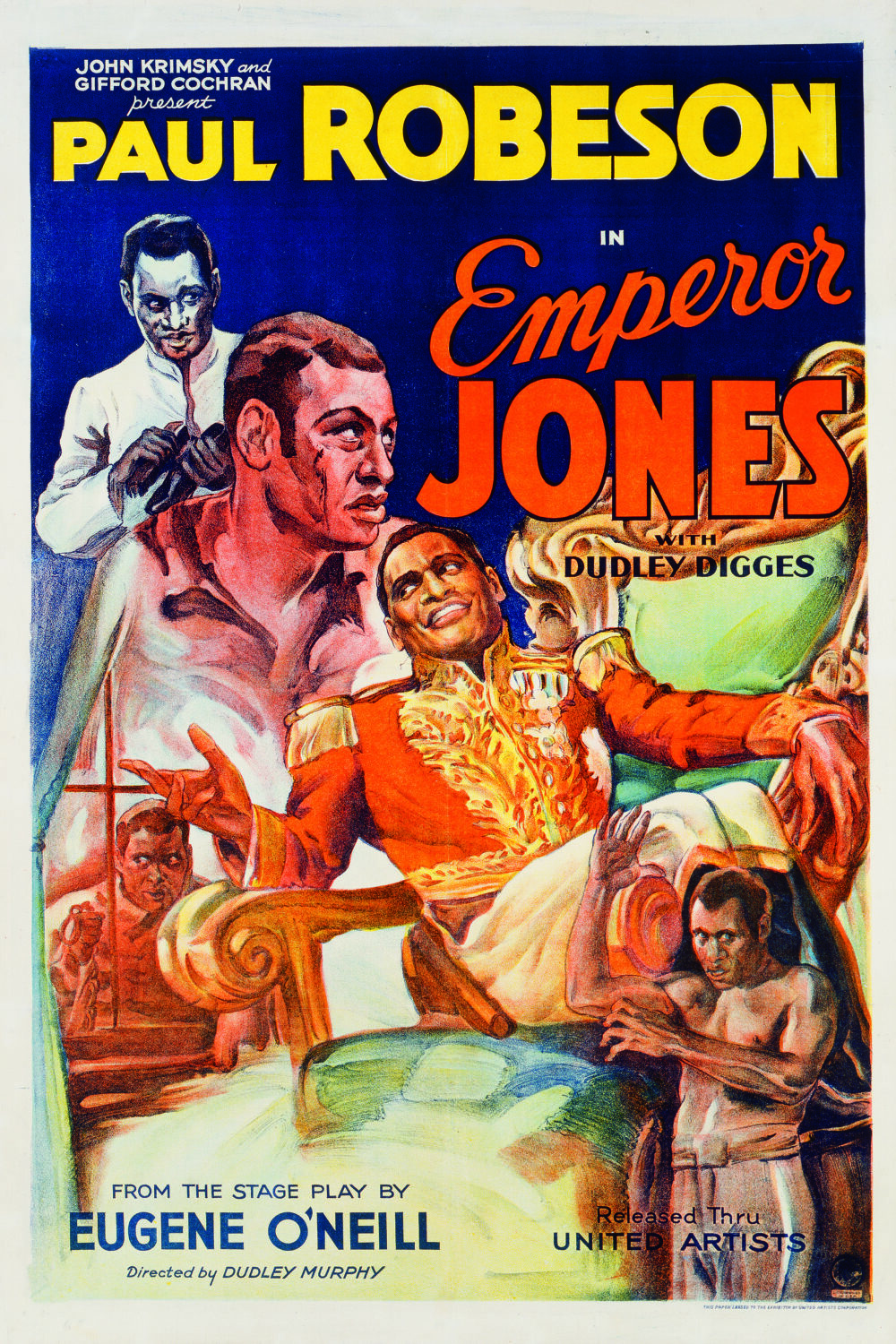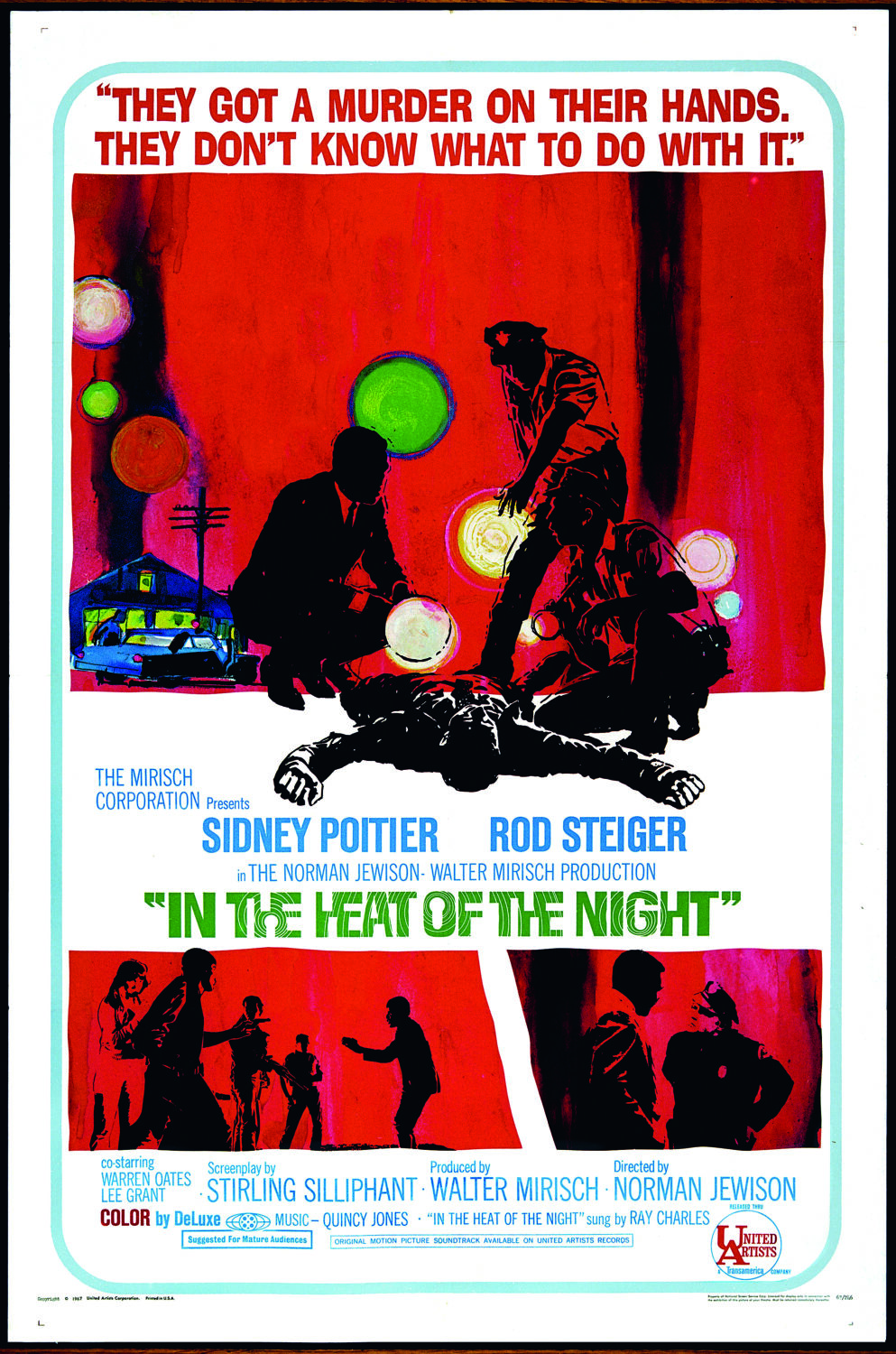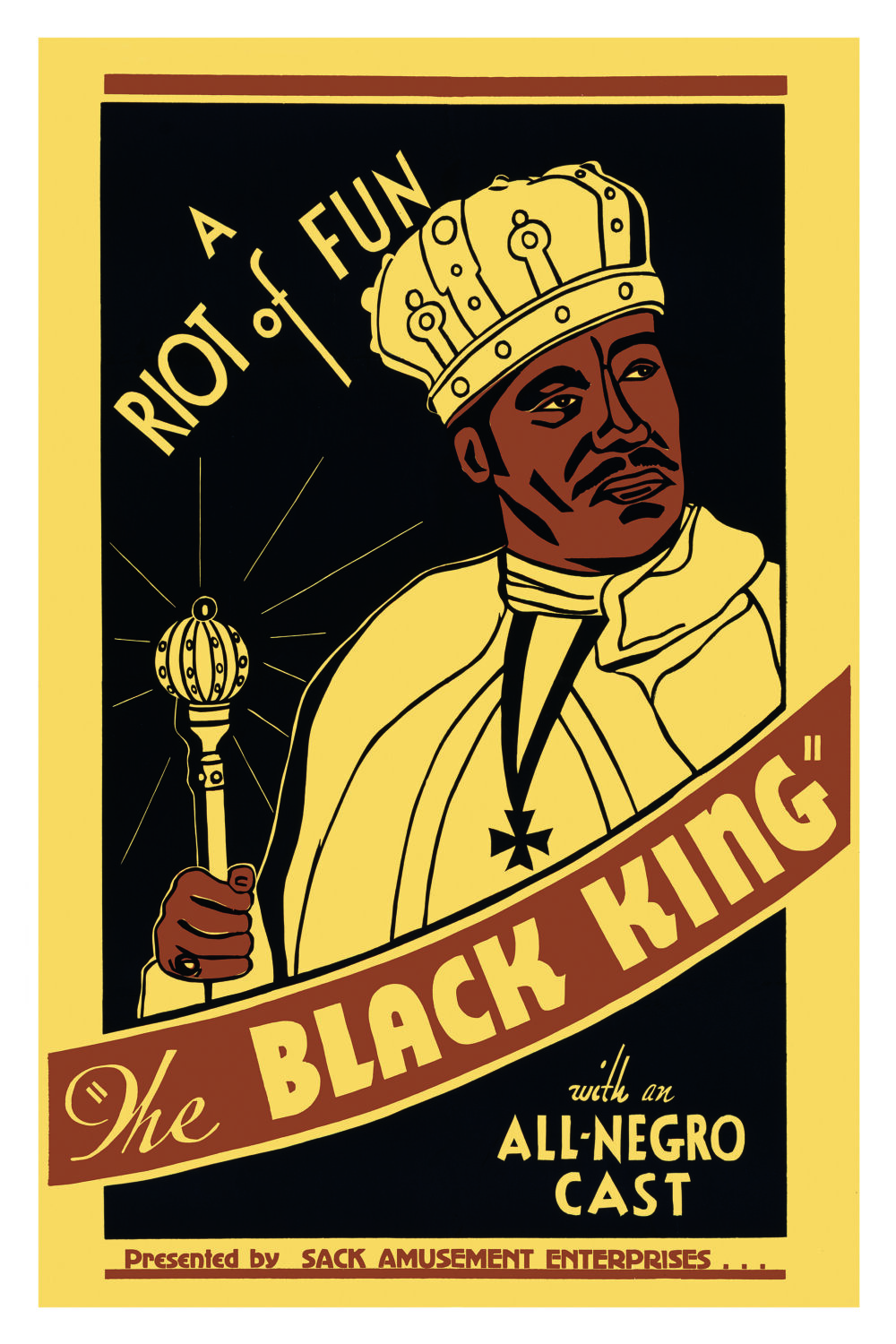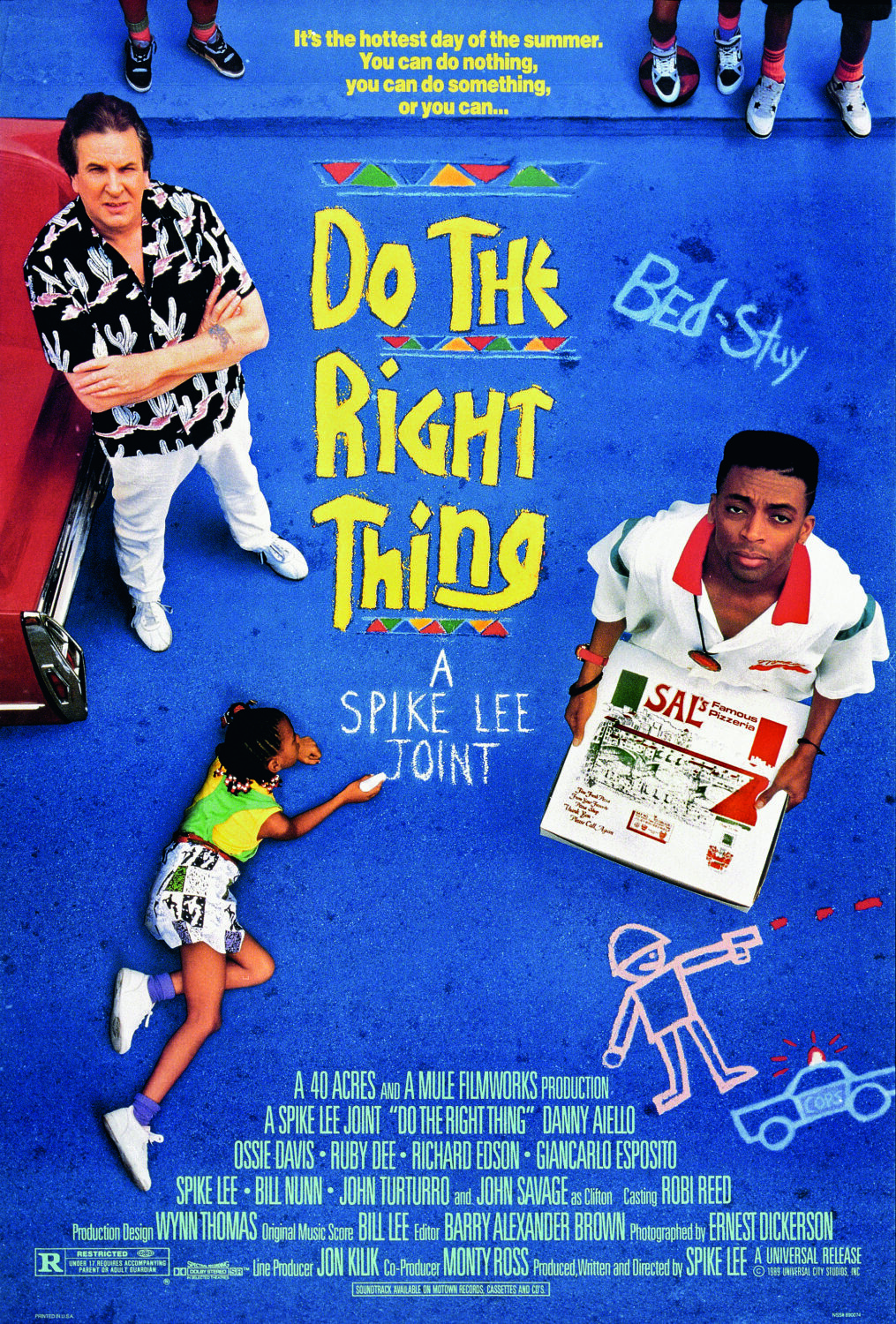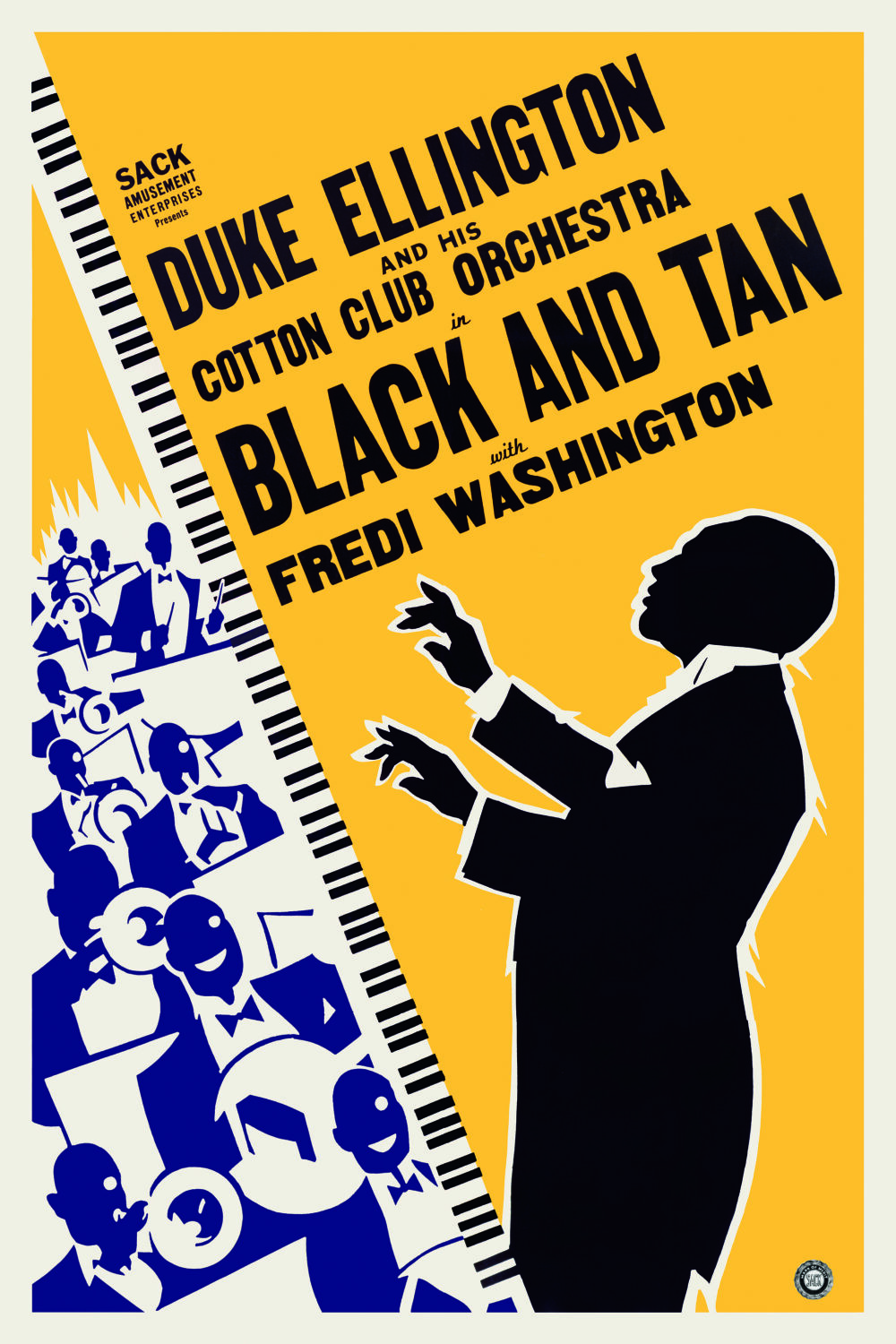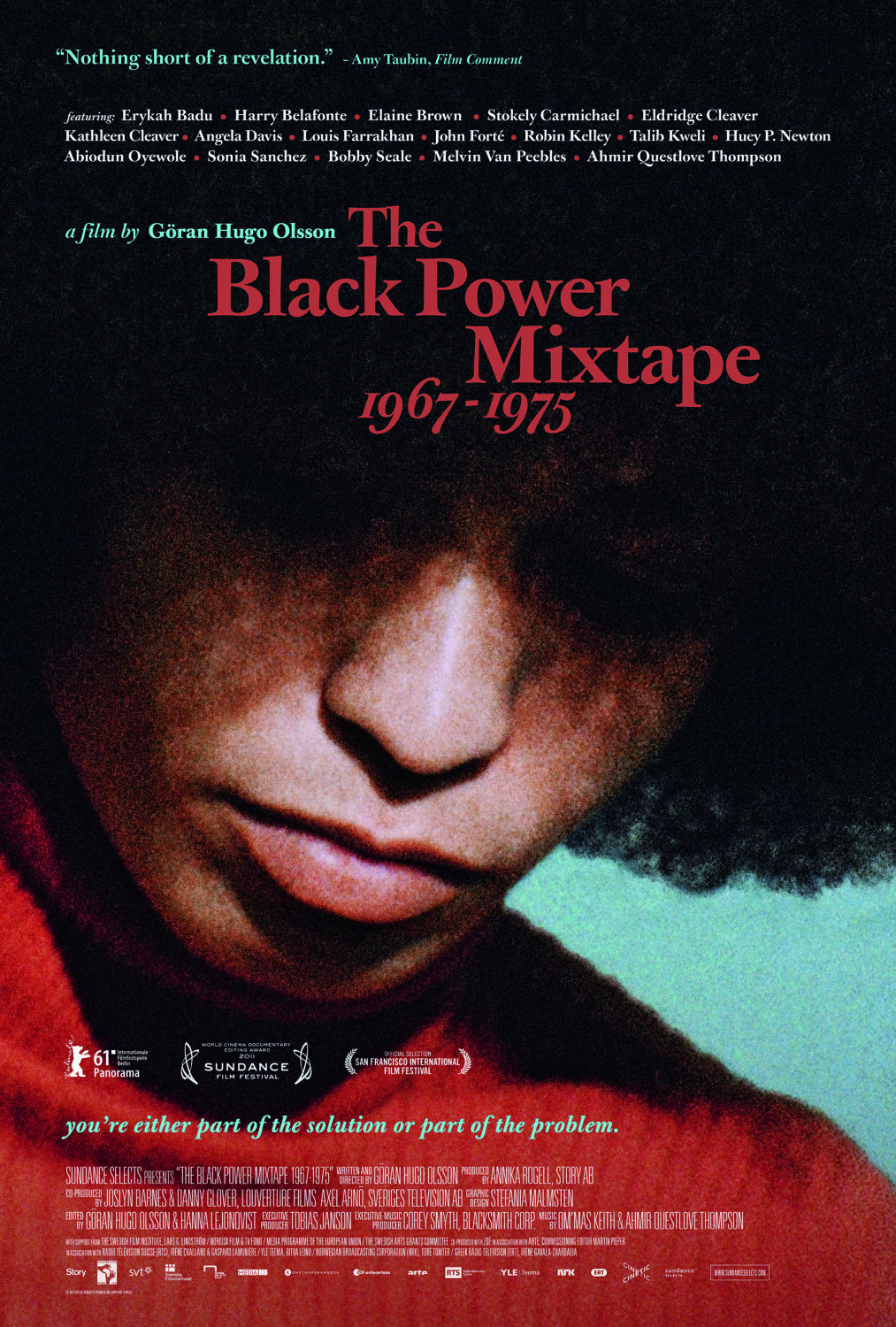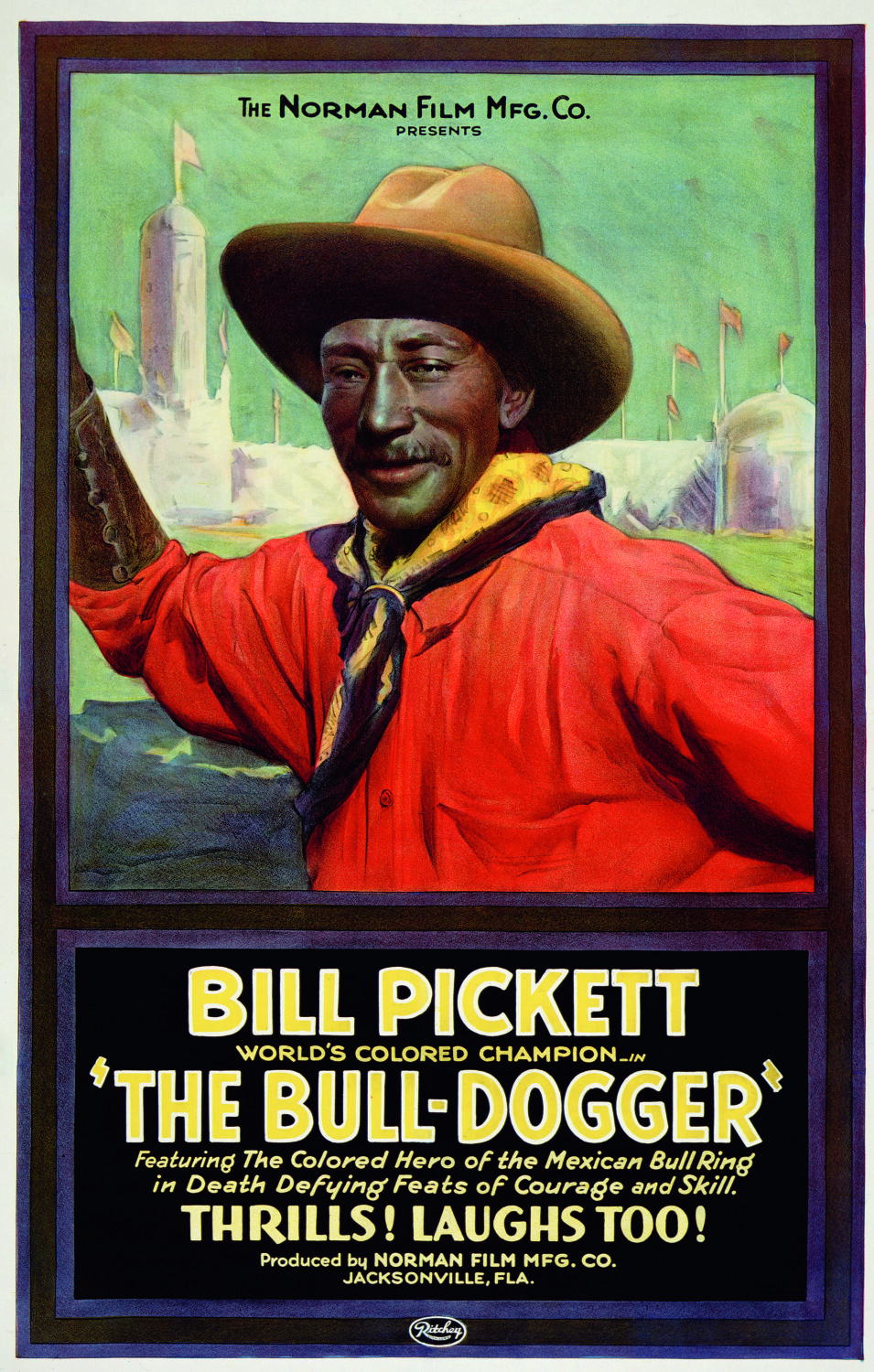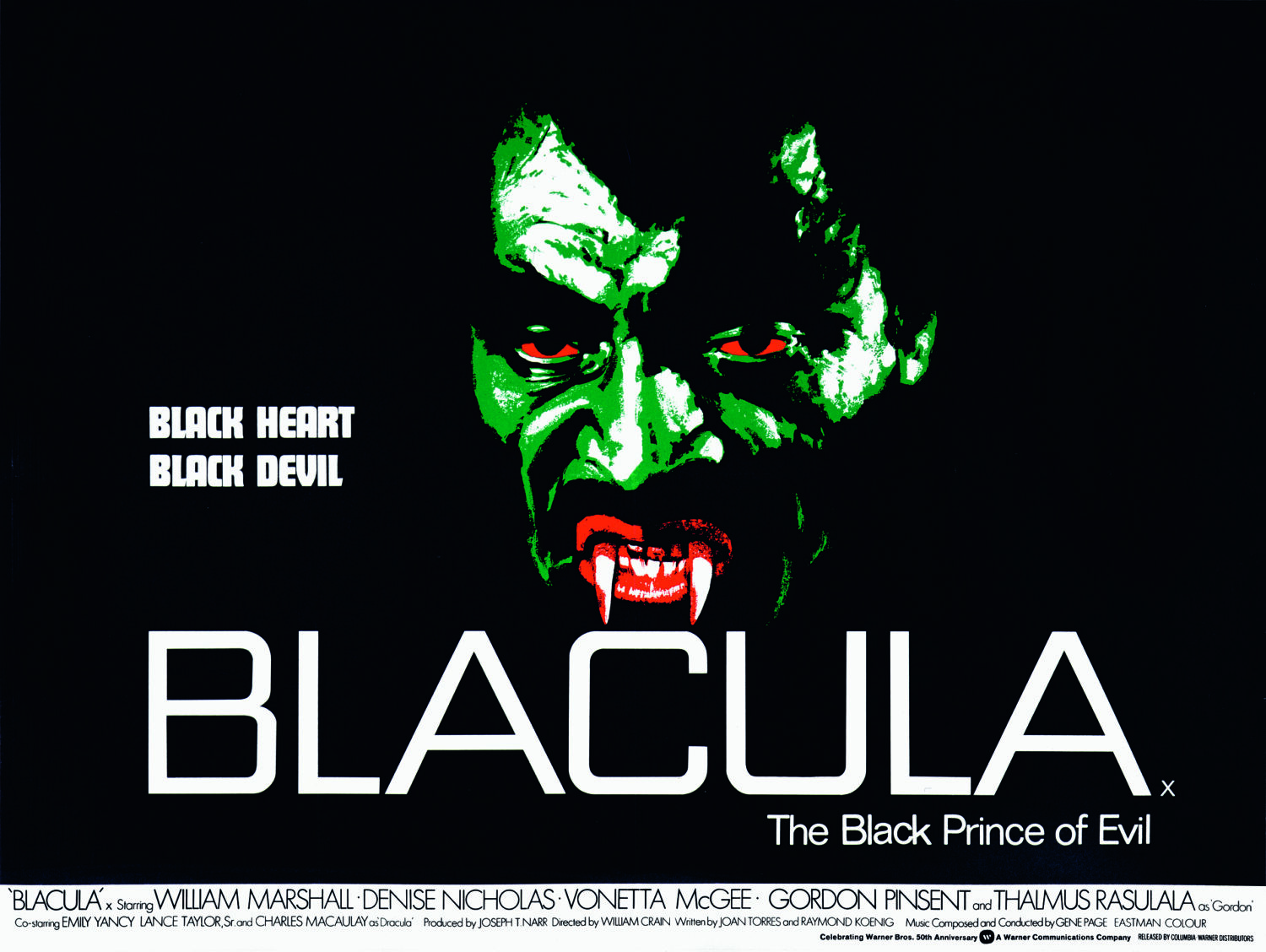Reprinted and back in stock ten years after its first landmark release, Separate Cinema: The First 100 Years of Black Poster Art (Reel Art Press) surveys the extraordinary artistry and complex ecosystem of social messages contained in the history of Black film—as seen through the eclectic lens of the industry’s posters. The book was edited by John Duke Kisch, founder of the Separate Cinema Archive—the largest private archive of African American film memorabilia in the world—the entirety of which was acquired by the soon-to-open Lucas Museum of Narrative Art in Los Angeles, and which itself contains a universe of rare ephemera, process materials, and more, including the roughly 35,000 movie posters and photographs from over 30 countries from which this canonical selection of 300 images was drawn.
The 320-age book is a hefty, physically impressive, visuals-forward volume, which although it chronicles the multivalent evolution of the Black film industry from its earliest Hollywood era to the present, is not necessarily arranged chronologically. As one of America’s leading archivists, John Duke Kisch’s unique perspective allowed for an adept arrangement that touches on thematic considerations and contexts, as well as individual films, actors, directors, and canonical stories. Sections are devoted to the complete works of Josephine Baker, for example, as well as to a wider look at early 20th-century Paris in general as place of artistic and greater racial freedom; other points and figures in focus include athlete/actor/singer/schole Paul Robeson (Emperor Jones, Bosambo), the unsettling popularity of Blackface (The Jazz Singer, Amos ‘n’ Andy), the great Lena Horne and the movie Stormy Weather itself.
The chapter on Jazz on Film takes a compelling sociopolitical look at how, why, and by whom this uniquely Black and American musical genre was depicted. Sidney Poitier, Dorothy Dandridge, Blaxploitation (Shaft, Sweet Sweetback’s Baadasssss Song, Super Fly, Foxy Brown, Cleopatra Jones, Blacula), Muhammad Ali, Richard Pryor, Black Music with Duke Ellington, Sun Ra, and Diana Ross (Lady Sings the Blues), Book Adaptations, Women Behind the Lens… The expertise in parsing and explicating not only the dazzling visuals but the impact behind the storytelling combine to make this book not only a feast of aesthetics, but also a seminal text of historical scholarship—an aspect underscored by the insightful essays and texts which accompany the images.
In his foreword, beloved cultural historian Henry Louis Gates, Jr. writes in part, “The question now, as it has always been for a black film, is this: how to sustain the recent critical and commercial success of these films, how to institutionalize this, yet another “renaissance” of black film. We can never escape the reality that film is where art and commerce intersect, a point we see so clearly in the marvelous collection of black film posters assembled in this catalog. Viewing them together in this collection helps us trace, in a novel way, the evolution of both the genre of black film (including films by black directors, and films about black people), and the representation of the black self in the history of film.”
And in his moving and deeply personal afterword, iconic director Spike Lee (who has his own section in the book, of course), observes that, “Movie posters are unique art themselves, and I’m elated to see our black cinema reflected here. These movies/posters tell the world about the duality that W.E.B. Dubois wrote about; we are Black and American, where we have been, where we are now and where we might be heading to. I urge everyone to start collecting movie posters.” Good advice, and let this remarkable book be your inspiration.
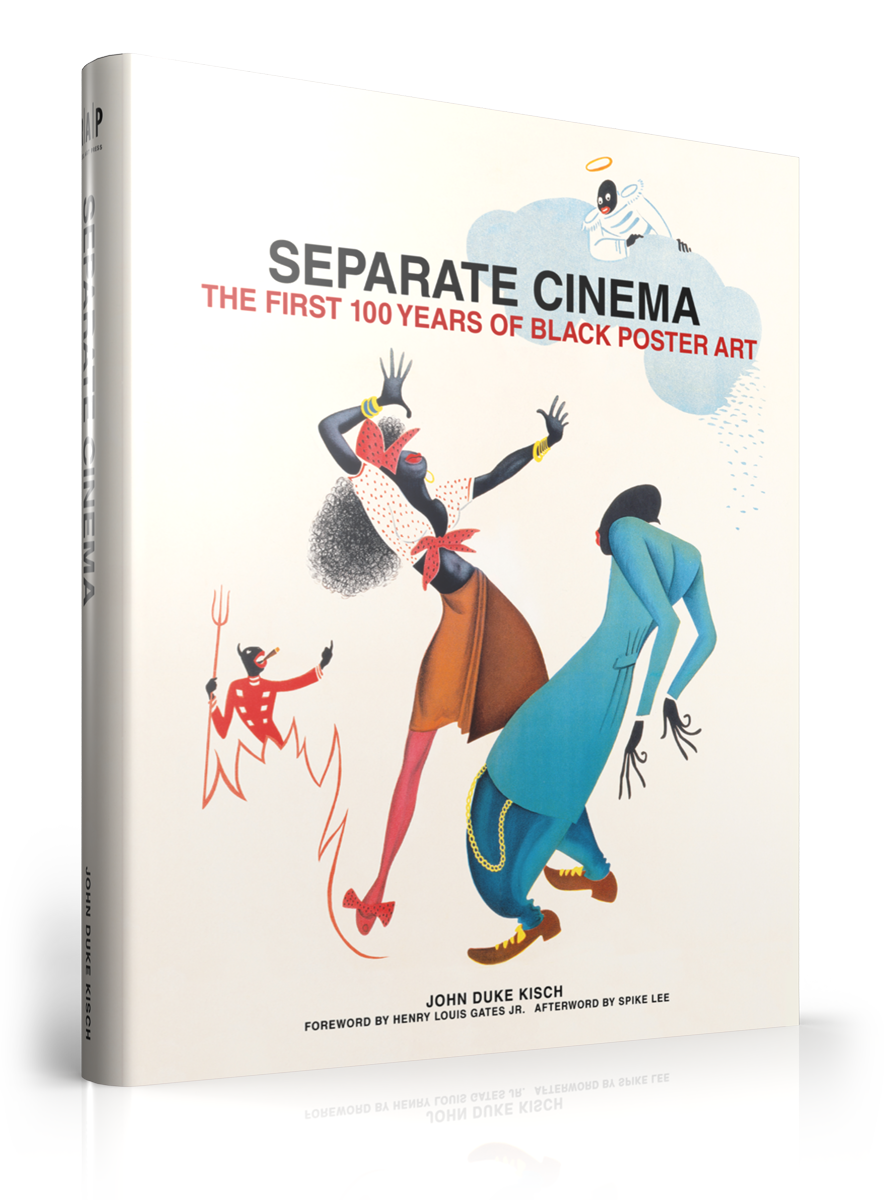
A Separate Cinema (Reel Art Press)
❖Editor’s note: The disclaimer below refers to advertising posts and does not apply to this or any other editorial stories.
Advertising disclosure: We may receive compensation for some of the links in our stories. Thank you for supporting LA Weekly and our advertisers.

